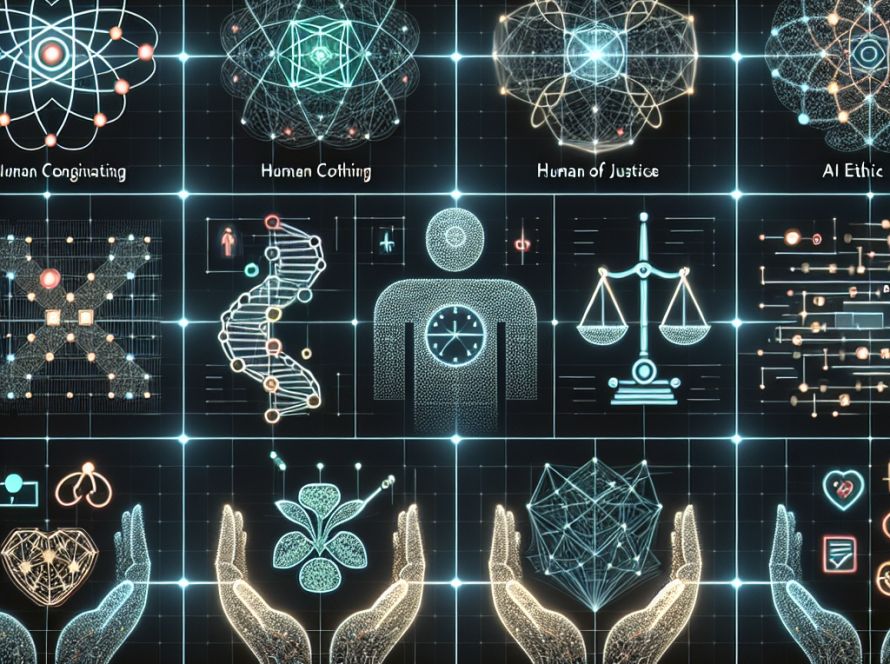The exploration of Artificial Intelligence has increasingly focused on simulating human-like interactions. The latest innovations aim to streamline the processing of text, audio, and visual data into one framework, addressing the limitations of earlier models that processed these inputs separately.
Traditional AI models often compartmentalized the processing of different data types, resulting in delayed responses and fragmented communication experiences. Previous models, such as GPT-3.5 and GPT-4, showed significant latency in voice interactions, reflecting the struggle to achieve seamless human-like communication.
The research team at OpenAI has developed a new state-of-the-art model known as GPT-4o, which combines the processing functionality for text, audio, and visual data in a single system. This model significantly reduces the latency of responses and allows the AI to interpret and generate information across multiple formats, enabling it to handle complex interactive scenarios.
The model entails integrated functionalities that improve user interaction, such as instant translation and contextual information regarding a foreign language text, natural voice interactions, and prospective facilitation of real-time video conversations.
The method used by GPT-4o deploys a single neural network architecture that enhances processing speed and cost efficiency. It excels in understanding non-English languages, significantly broadening its accessibility and scope.
Performance evaluations reveal considerable improvements over previous models. GPT-4o supports over 50 languages, substantially increasing its utility across different regions. It matches the capabilities of GPT-4 Turbo in English text and coding tasks and sets new benchmarks in multilingual, audio, and visual fields.
Free users get additional features in this latest release, like access to GPT-4 level intelligence, comprehensive understanding, data analysis, image discussion, assistance in content creation, file analysis, and tailor-made AI functionalities from the GPT Store.
The introduction of GPT-4o and its deployment to free users signifies a crucial shift in AI accessibility. It enables the goal of advancing AI technology while ensuring its universal accessibility, decreasing the digital divide. This advancement ensures that users across the globe can take advantage of these advanced technologies, fostering a more inclusive future for digital interactions.


